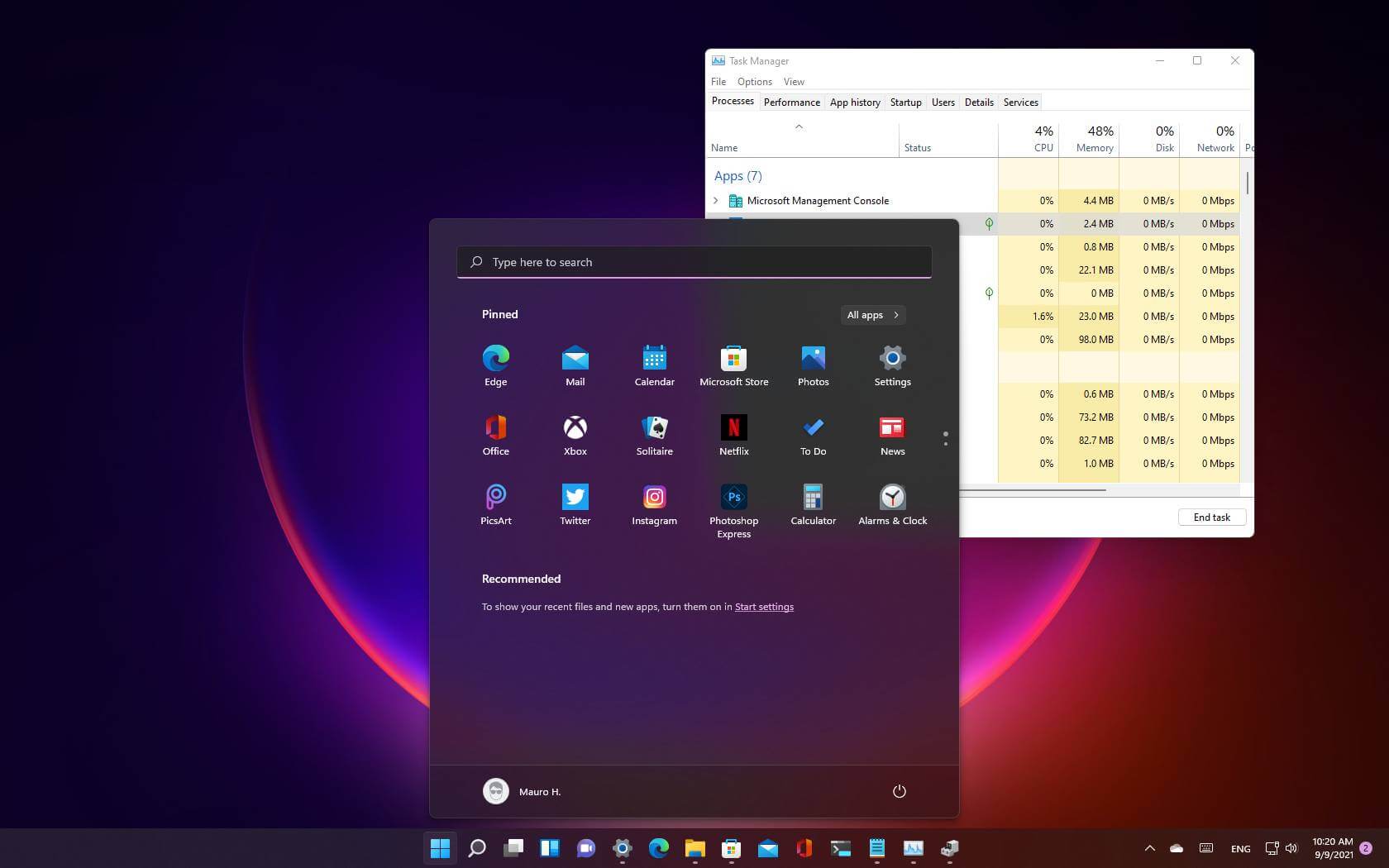- Windows 11 introduces several optimizations to make laptops and desktops run faster.
- New memory management will make launching and working with apps feel snappier and responsive.
- Optimization to sleep feature will help to resume devices almost instantaneously.
- Windows Hello will be up to 30 percent faster and Windows 11 now further reduces the footprint on disk.
Microsoft reveals system improvements on Windows 11 that will make laptops and desktop computers a lot faster. Alongside the redesigned experience, new features, and updated apps, the programming team is also introducing under-the-hood improvements to utilize resources better to make the system more responsive.
Snappier and more responsive
According to a new video published in the company’s YouTube channel, after upgrading, Windows 11 will feel snappier and more responsive. The reason is because of the work done in the resource management that prioritizes apps running in focused (foreground) by giving them more processor, memory, and other system resources.
For instance, under heavy load (even at 90 or 95 percent), Windows 11 will redistribute the compute resources to launch without any lag when launching an app.
This technique also applies to the Windows shell itself, the browser, and your open tabs, but using Sleeping tabs, reducing around 32 percent of memory and 37 percent of processor usage.
When you combine all these new improvements will result in longer battery life and better performance.
Faster resume from sleep
Furthermore, Microsoft says that it has been working to make resume from sleep faster than on Windows 10. According to the company, this was possible because of the optimization done for calling hardware components that have to turn on to resume from sleep to improve memory management.
Also, at the software layer, the Windows 11 team “reduced starvation across key processing threads” to preserve the power for the threads, translating to around 25 percent faster resume times. Using these new techniques, Microsoft claims that most users will resume their devices from sleep “almost instantaneously,” and the device can “stay in sleep state longer and not hibernate as often.”
Faster Windows Hello sign in
Windows 11 also ships with “code optimization” that makes the Windows Hello sign-in process up to 30 percent faster as part of the performance improvements.
Reduced system footprint
Finally, related to performance, Microsoft says that the team has managed to reduce the footprint of Windows 11. This was done by expanding the use of compression technologies. Also, non-critical built-in apps and other components (such as Microsoft To Do, Sticky Notes, Power Automate) their default state is now “stub” that also reduces the space on the hard drive, background download activity, and download traffic.
Furthermore, Windows 11 also reduces the storage consumption caused by the system and browser caches.
Smaller and faster updates
Alongside these new changes, the software giant also revealed that updates will faster on Windows 11. First, instead of two, there will be only one feature update per year. Second, the new OS includes several optimizations to the update engine, which improves how updates are packaged.
For example, when a new update is released, Windows 11 will compare the components available in the computer, and then only pulls down the necessary changes, making updates up to 40 percent smaller.

